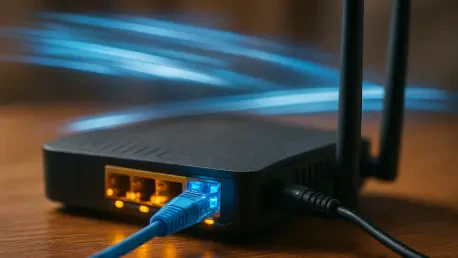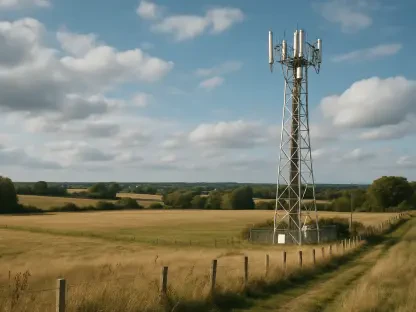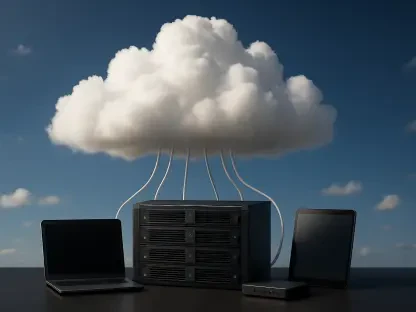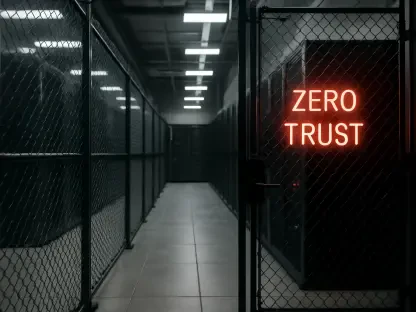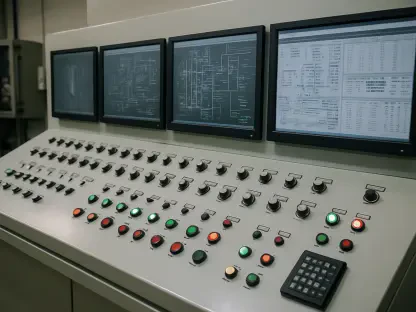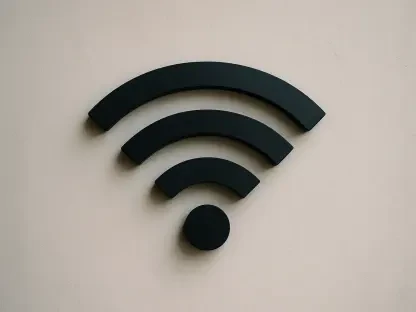In an era where high-speed internet is nearly ubiquitous, the recent announcement by AOL, a once-dominant internet service provider now under the Yahoo! umbrella, marks a significant turning point in digital history with its decision to discontinue dial-up service. The company has decided to end its dial-up internet service as of September 30, a move that effectively closes the chapter on a technology that introduced millions to the online world through the Public Switched Telephone Network (PSTN). This decision, which also includes the termination of related tools like AOL Dialer software and AOL Shield browser, reflects a broader industry shift away from outdated systems toward modern connectivity solutions. For many, the screeching sound of a dial-up modem connecting is a nostalgic relic of the past, yet it’s hard to ignore how far technology has come since those early days. This development prompts a deeper look into the historical role of dial-up, the rapid evolution of internet access, and what this closure means for the few still reliant on such services in remote areas.
The End of an Era for Dial-Up Technology
The termination of AOL’s dial-up service is more than just a corporate decision; it symbolizes the obsolescence of a technology that once defined internet access for an entire generation. Introduced over three decades ago, AOL’s dial-up offered many their first glimpse of the World Wide Web, connecting users at a painstakingly slow maximum speed of 0.056 Mbps. This service, delivered through telephone lines, required patience as modems negotiated connections with that iconic, high-pitched noise. While it was revolutionary at the time, the limitations of dial-up—such as tying up phone lines and offering minimal bandwidth—quickly became apparent as demand for faster, more reliable internet grew. AOL’s choice to phase out this service aligns with a routine evaluation of its offerings, prioritizing technologies that meet today’s digital demands. For those who remember waiting minutes for a single webpage to load, this closure feels like the final goodbye to a formative, yet frustrating, chapter in tech history.
Beyond the nostalgia, the practical reasons for ending dial-up are undeniable when comparing it to modern alternatives. Today’s internet landscape is dominated by fiber optic, cable, and DSL connections, with average speeds often exceeding 500 Mbps—a staggering leap from dial-up’s capabilities. Unlike the older system, these newer technologies provide always-on connectivity, eliminating the need to “dial in” and freeing up phone lines for other uses. Additionally, fixed pricing models have replaced the per-minute charges that once plagued dial-up users, making high-speed options not only faster but often more cost-effective. While satellite internet serves around eight million users in the U.S., particularly in rural areas, it too offers superior performance compared to dial-up. AOL’s decision underscores a market reality: maintaining infrastructure for a dwindling user base, estimated at just 250,000 in the U.S., is no longer viable when superior alternatives are widely available.
The Evolution of Internet Connectivity
The journey from dial-up to today’s high-speed internet reflects one of the most rapid technological evolutions in recent history. When AOL first popularized dial-up, it was a gateway to a digital frontier, enabling email, chat rooms, and basic web browsing for millions. However, as the internet became integral to daily life, the need for speed and reliability outgrew what PSTN-based systems could offer. The introduction of broadband in the early 2000s marked a turning point, with cable and DSL providing consistent access at speeds unimaginable to dial-up users. Fiber optic technology later pushed boundaries further, supporting everything from streaming high-definition content to powering smart homes. This progression wasn’t just about speed; it was about transforming how society interacts, works, and consumes information. AOL’s closure of dial-up service is a formal acknowledgment that the foundation it once laid is no longer relevant in a world driven by instantaneous, robust connectivity.
Despite the dominance of modern solutions, dial-up retains a niche presence in underserved regions where infrastructure for broadband or satellite internet remains limited. In vast countries like the U.S., approximately 250,000 users still depend on dial-up, often in rural or remote areas where laying fiber optic cables is cost-prohibitive. While satellite internet offers a viable alternative for many of these users, challenges like latency and weather interference can hinder its effectiveness. Emerging technologies, such as 5G home internet, hold promise but are not yet competitive on a wide scale in the American market. This situation highlights a persistent digital divide, where access to cutting-edge connectivity isn’t universal. AOL’s exit from the dial-up space raises questions about how these isolated communities will transition to better options and whether industry or government initiatives will step in to bridge the gap in the coming years.
Reflecting on a Digital Milestone
Looking back, AOL’s decision to end its dial-up service is a poignant reminder of how far internet technology has advanced since the days when a modem’s screech heralded a connection to the digital world. It is a moment to appreciate the pioneering role that dial-up played in shaping online culture, even as its limitations became glaringly apparent over time. The shift to high-speed alternatives like fiber optic and cable has long since rendered dial-up a historical footnote, yet its closure feels like the final seal on an era that once captivated millions. This milestone is not just about technology; it is about acknowledging the collective journey from slow, intermittent access to a seamlessly connected society.
Moving forward, the focus must shift to ensuring that the benefits of modern internet reach every corner of the globe. For the small fraction of users still tethered to dial-up, particularly in remote areas, the challenge lies in accessing affordable and reliable alternatives. Industry stakeholders and policymakers should prioritize expanding broadband infrastructure and exploring innovative solutions like satellite enhancements or localized 5G networks. As the digital landscape continues to evolve, lessons from dial-up’s decline can guide efforts to prevent future technologies from becoming obsolete without viable replacements. This closure is a necessary step, but it also serves as a call to action to address lingering disparities in connectivity access.
